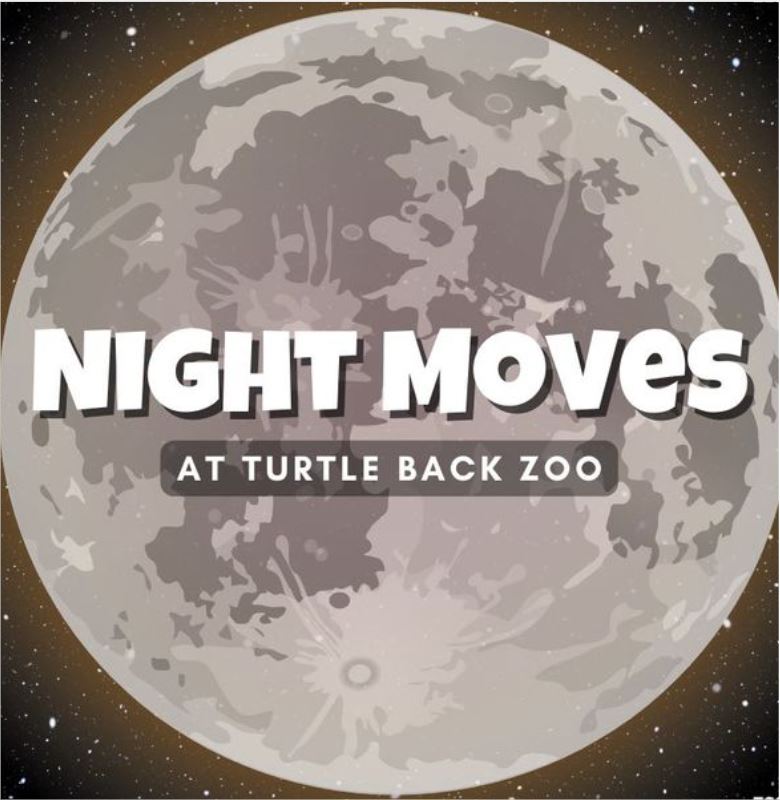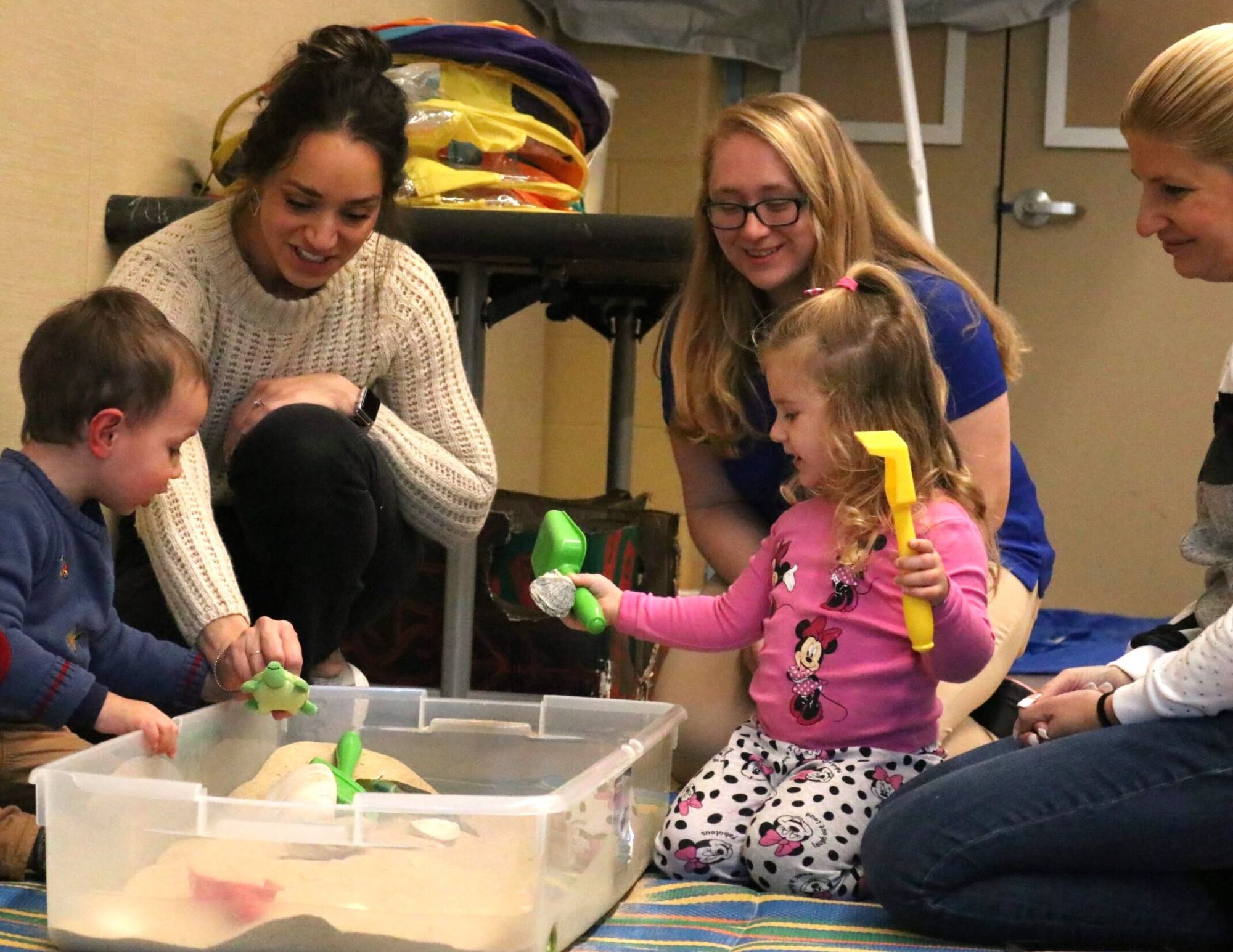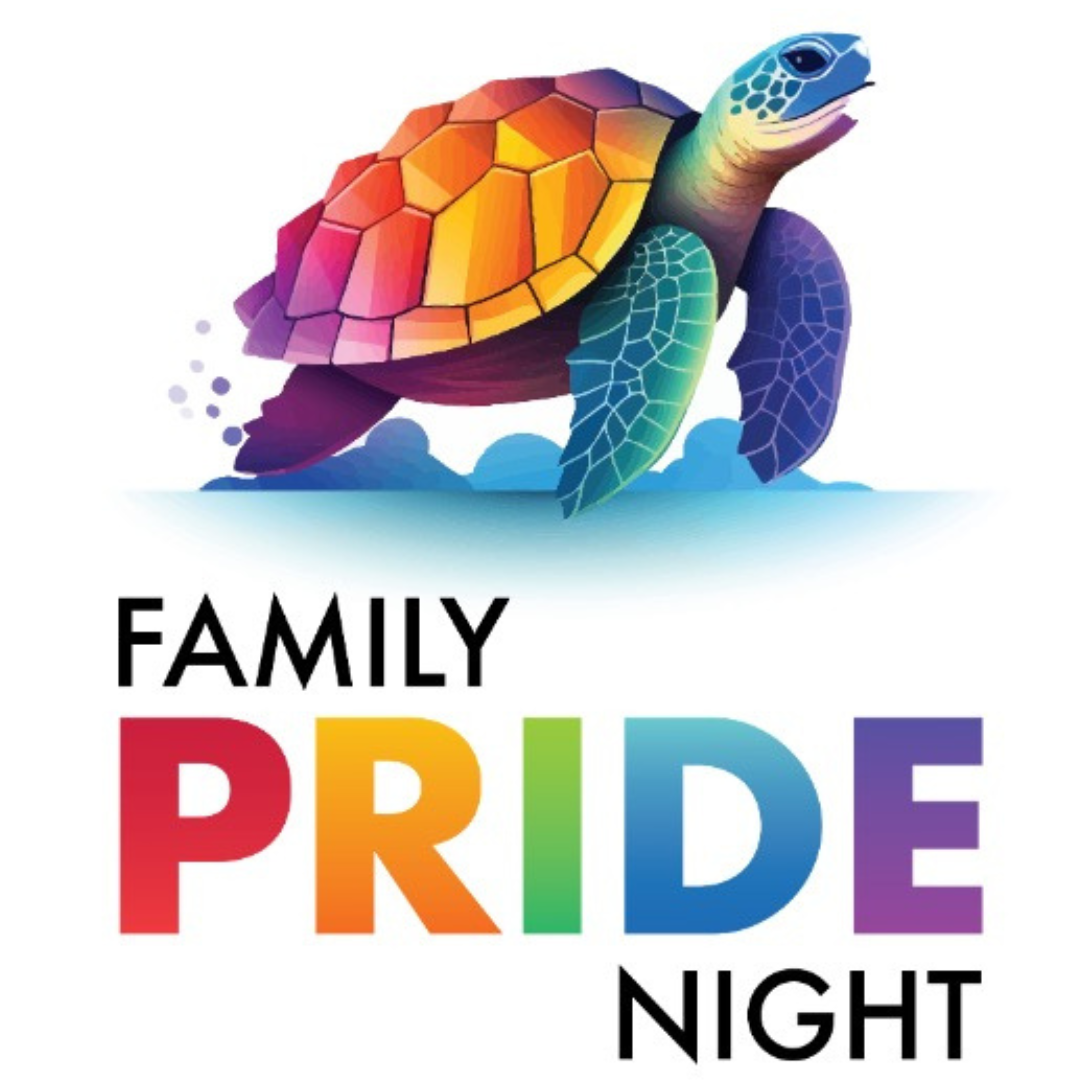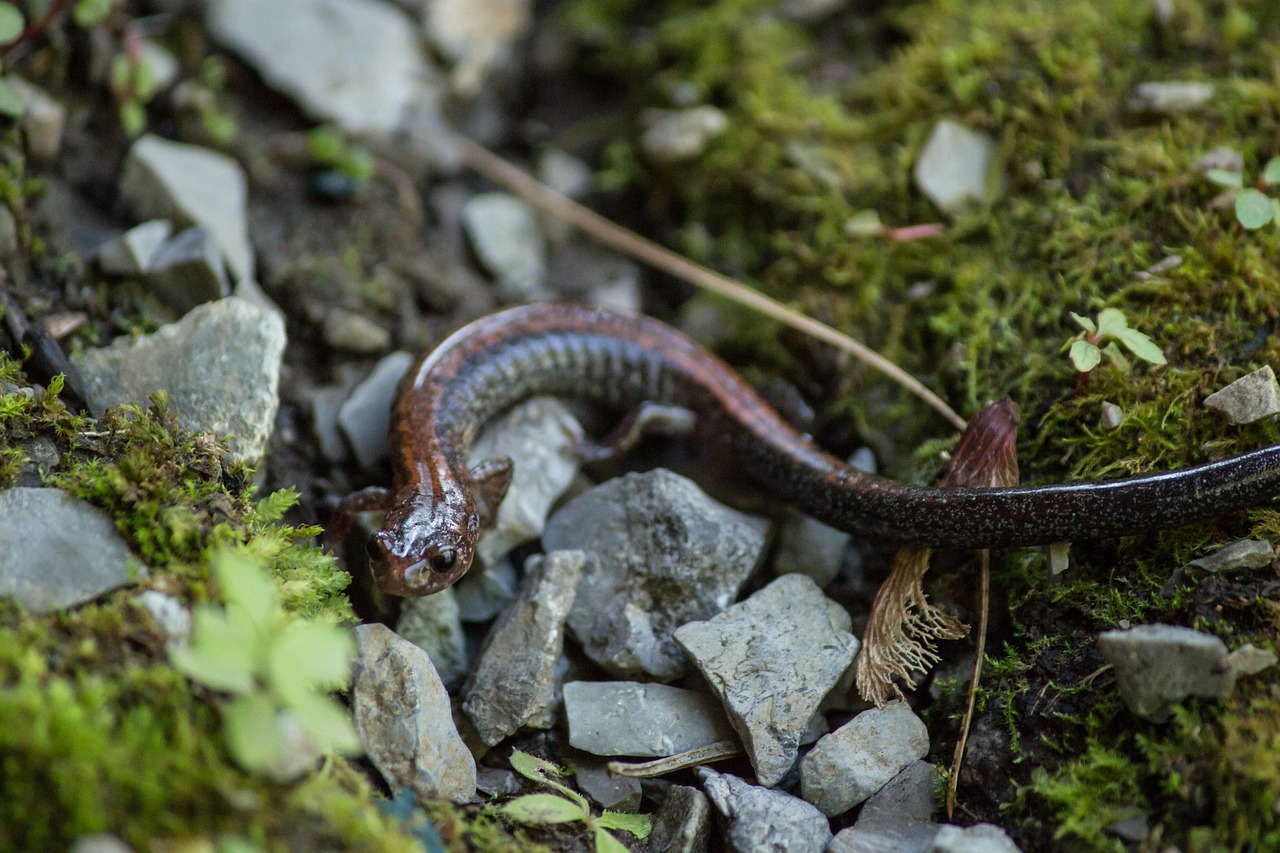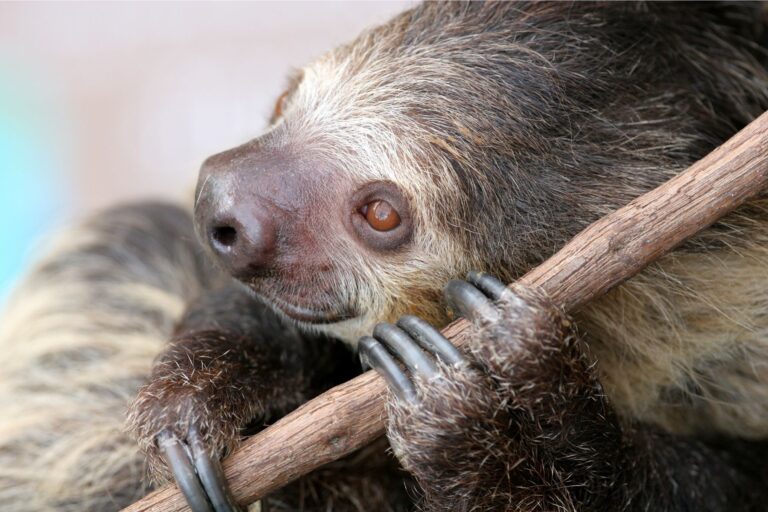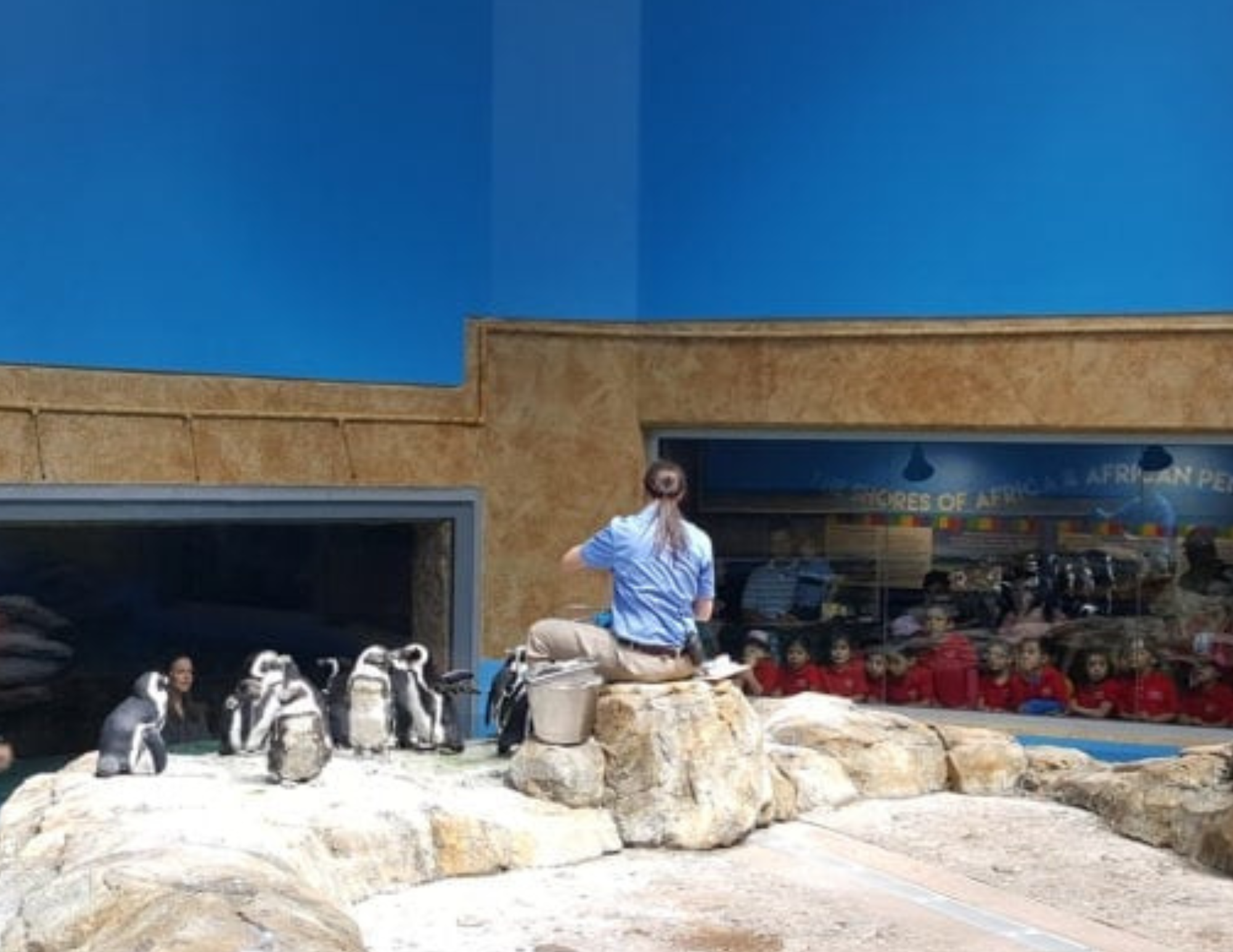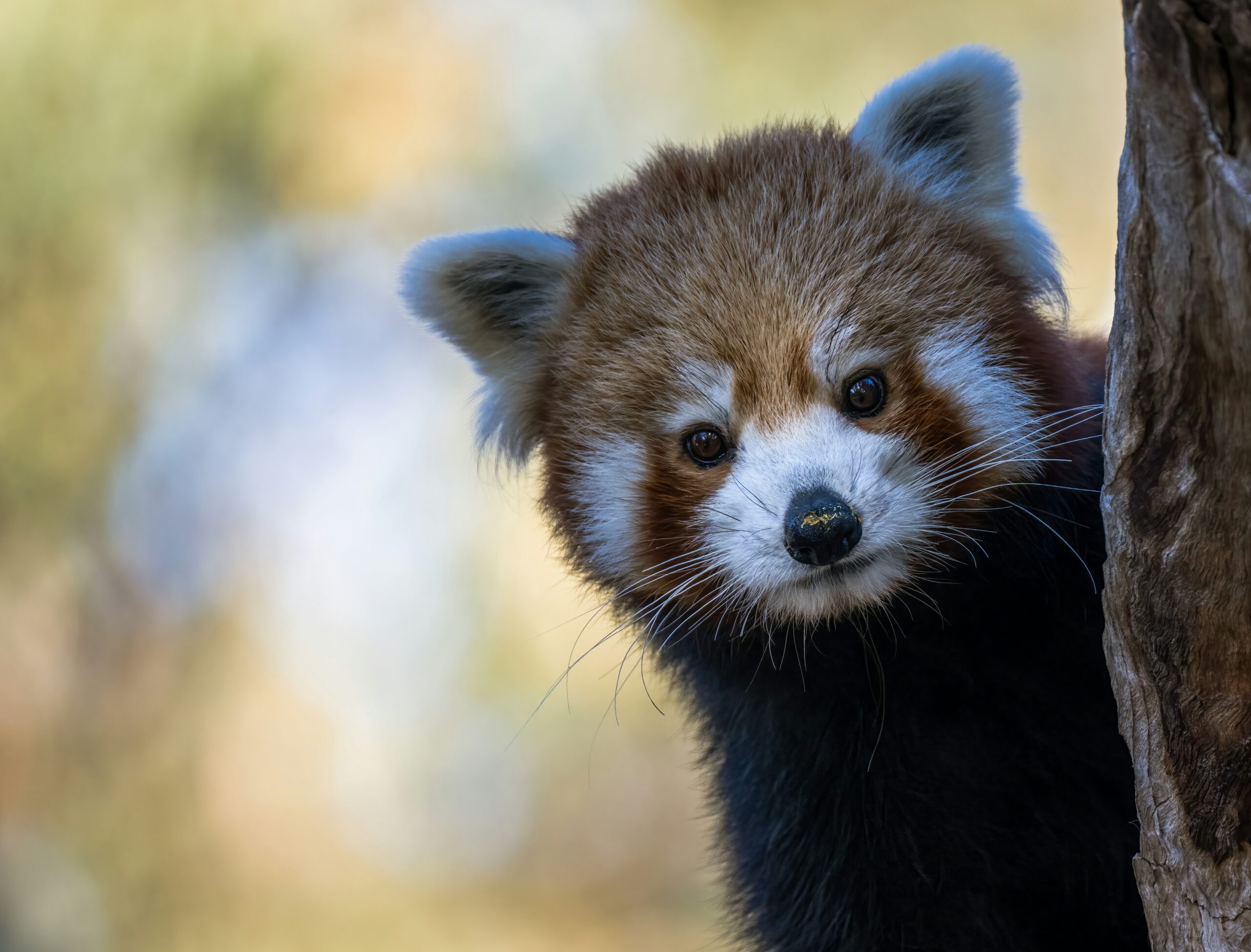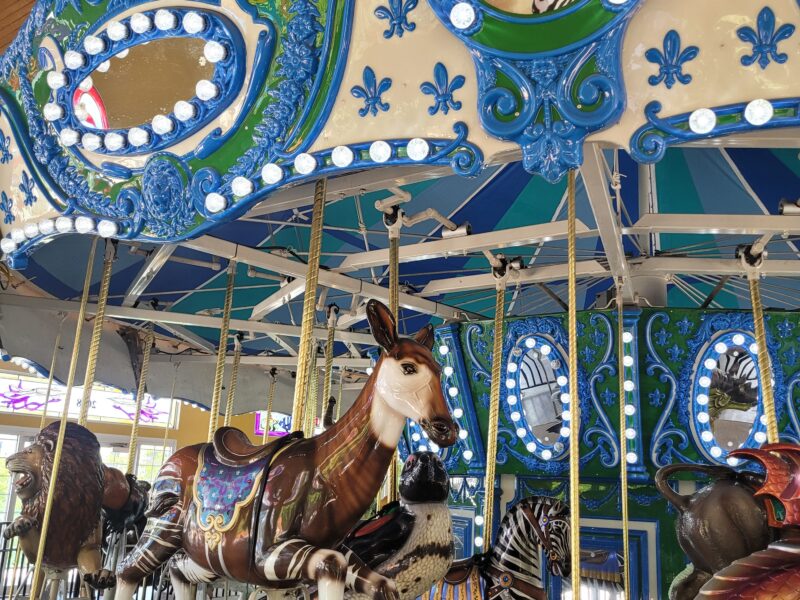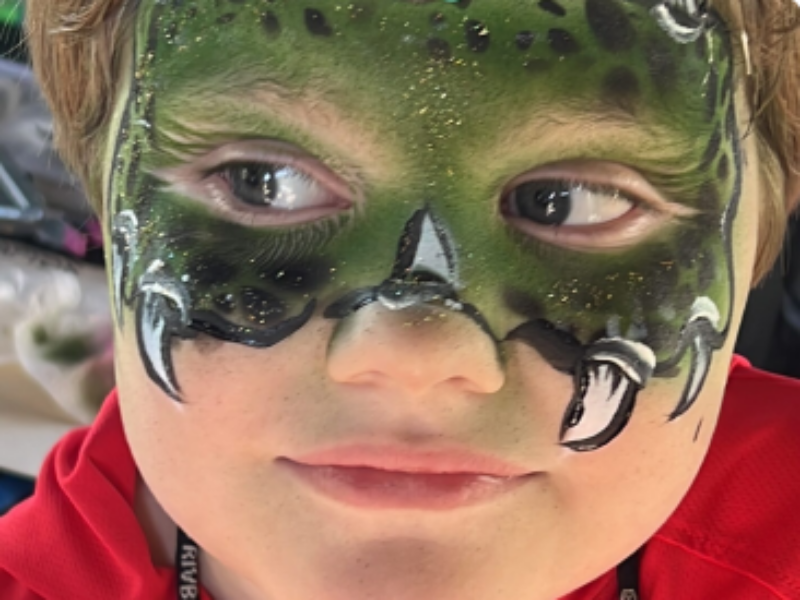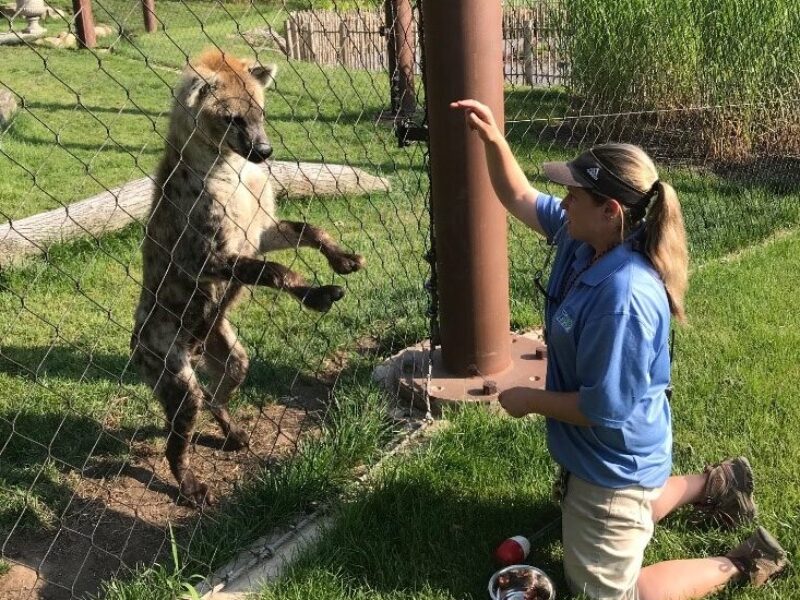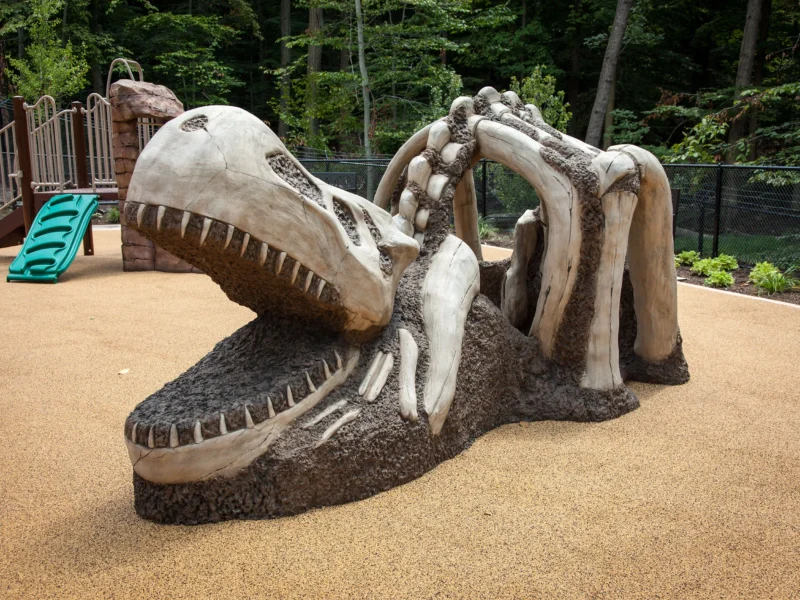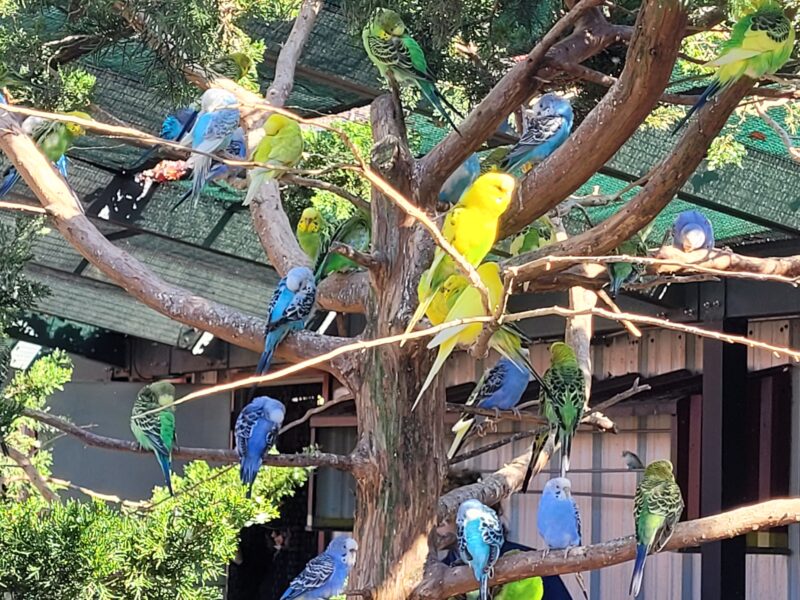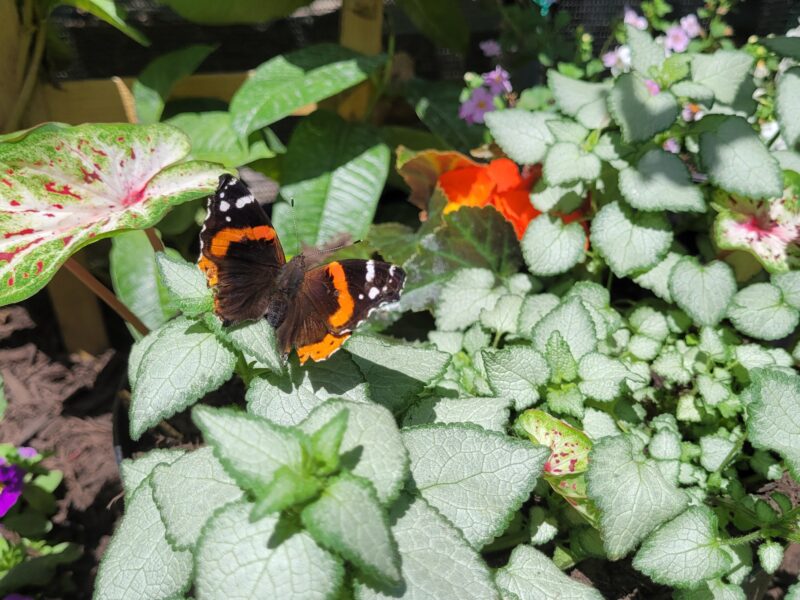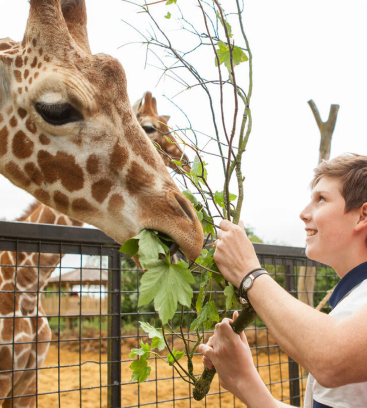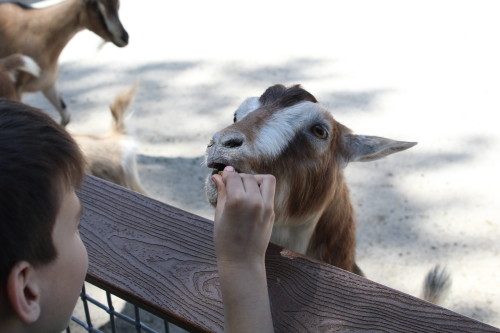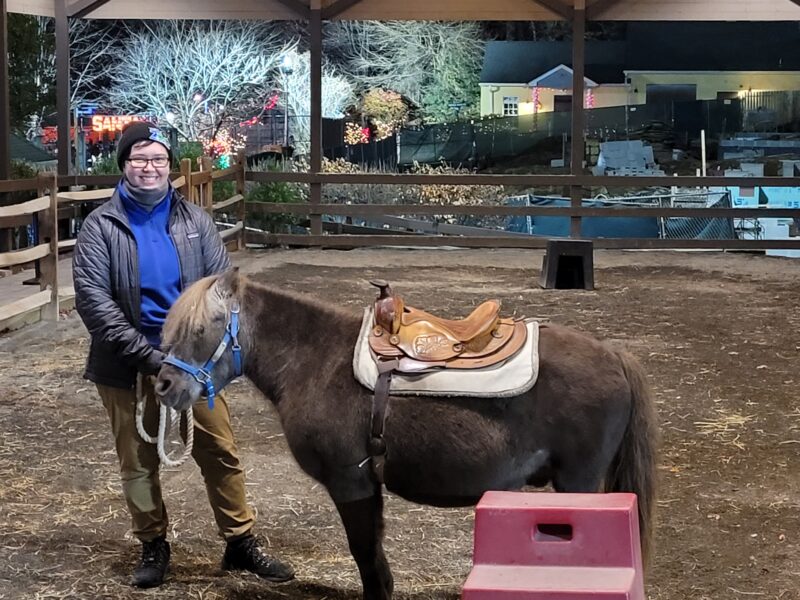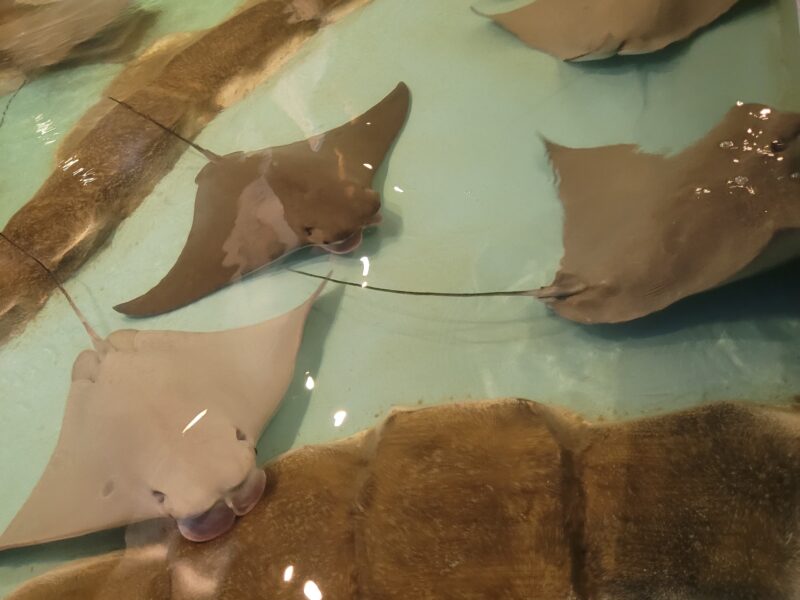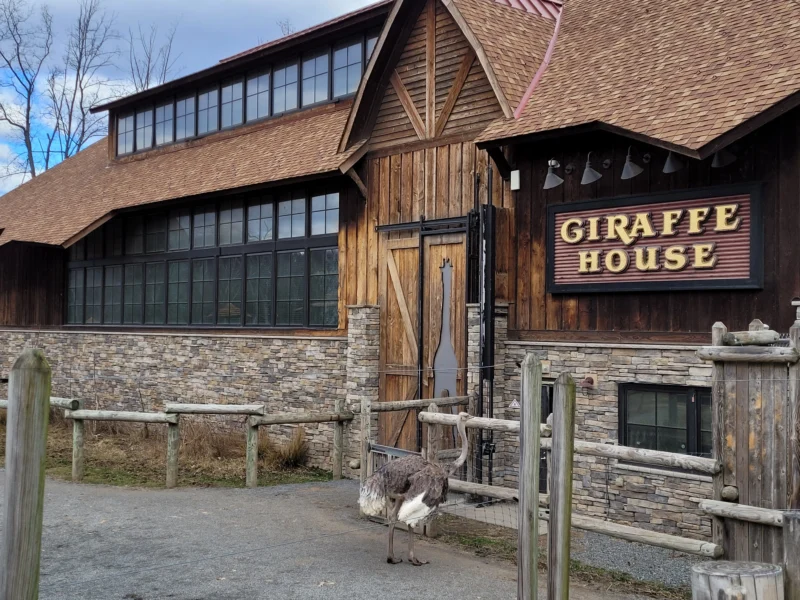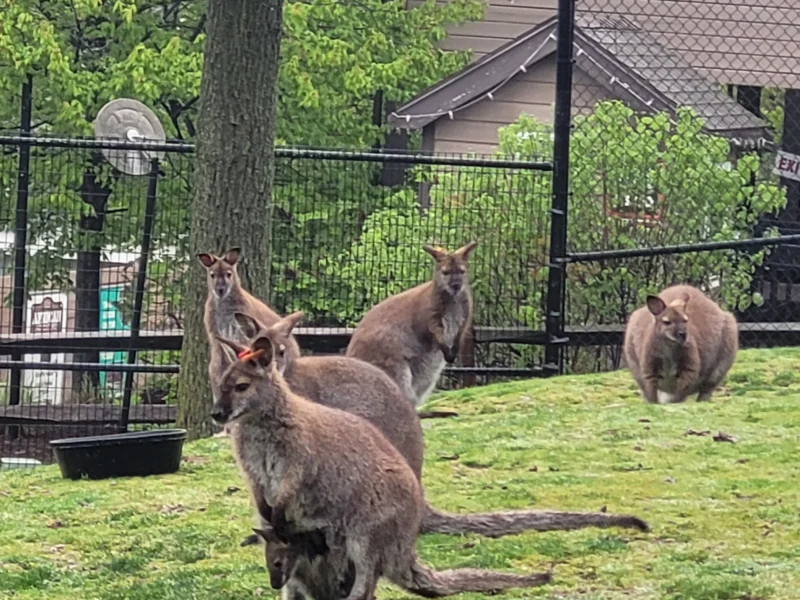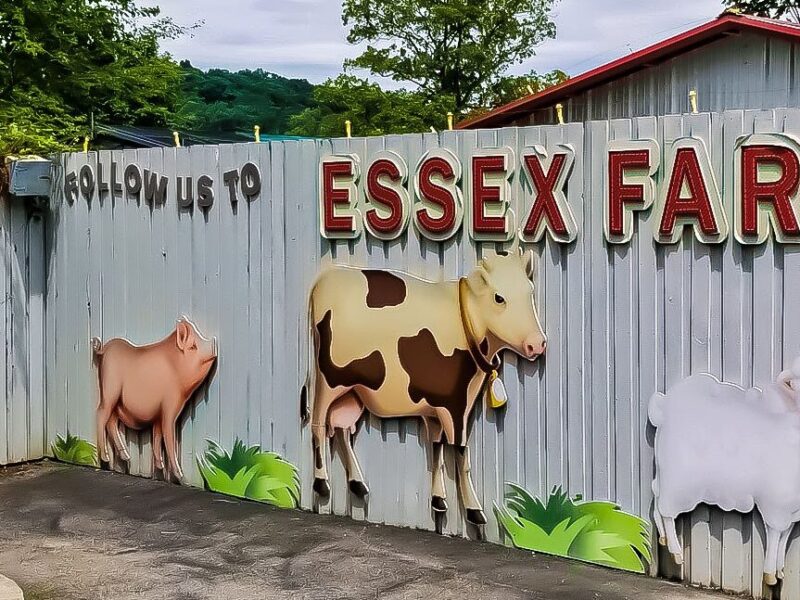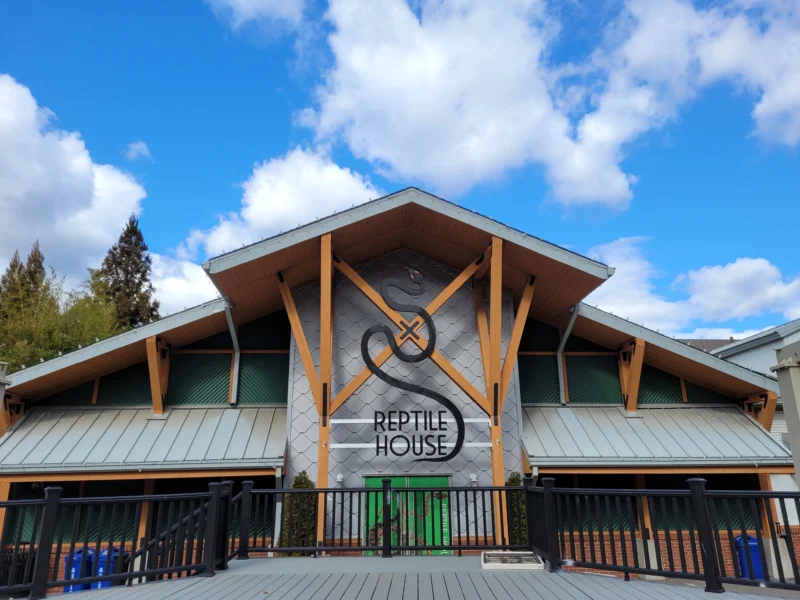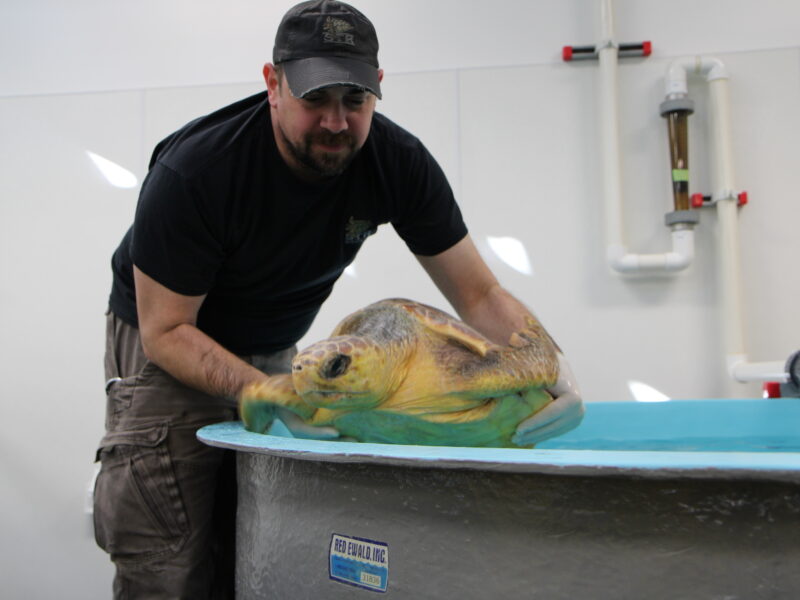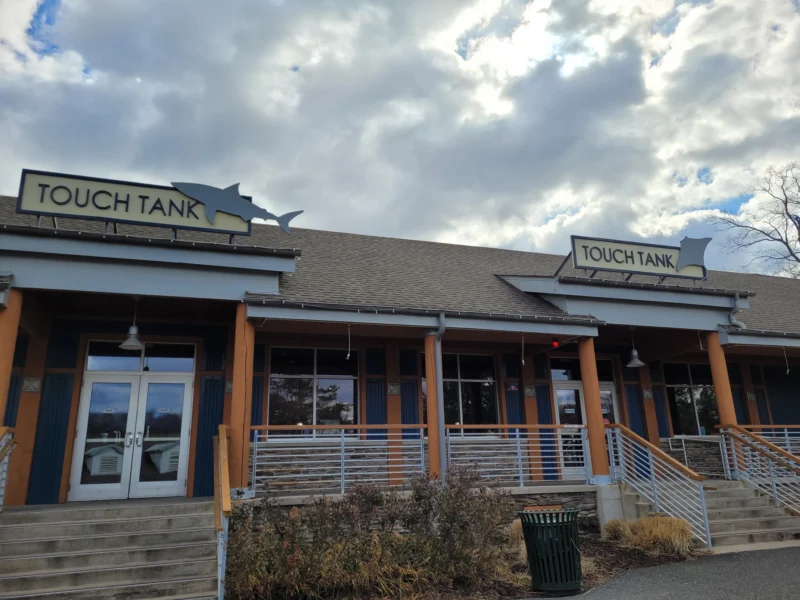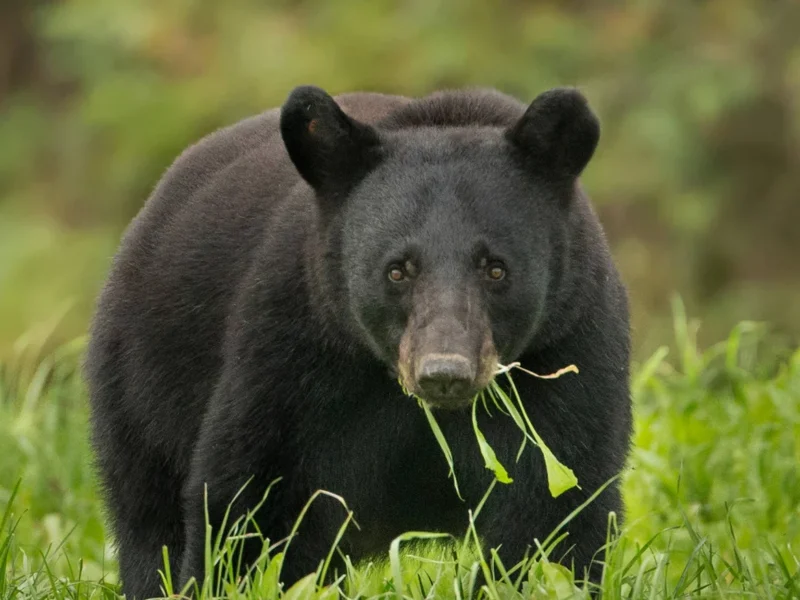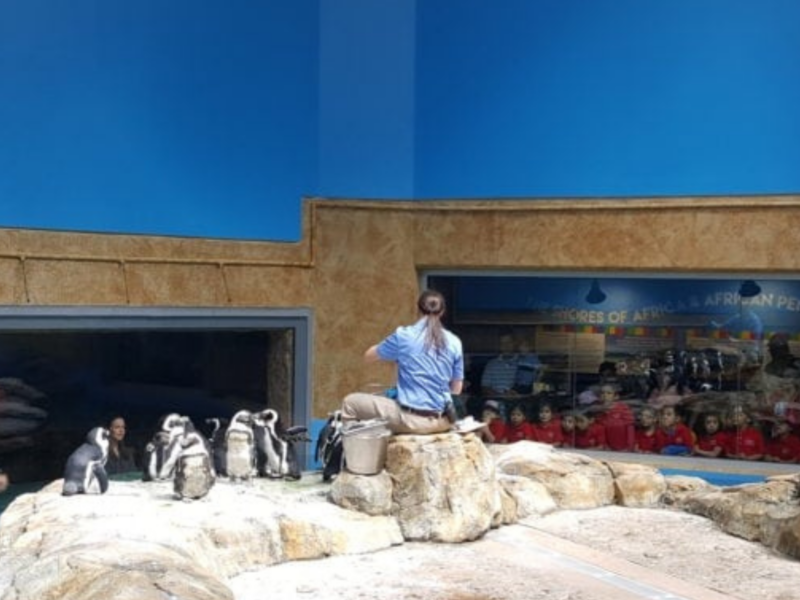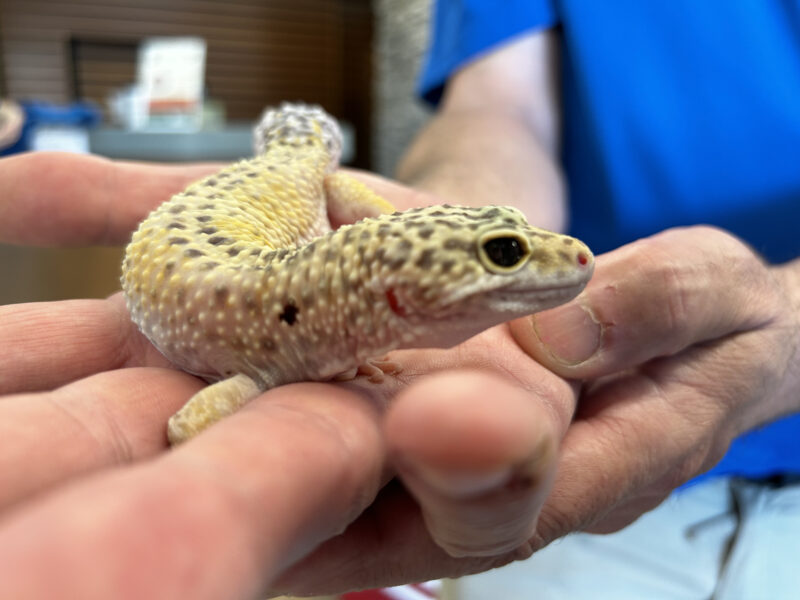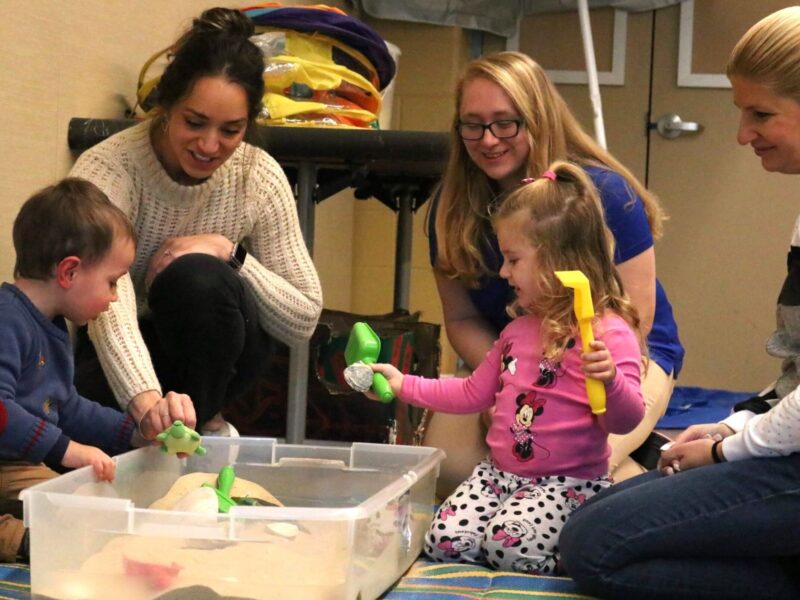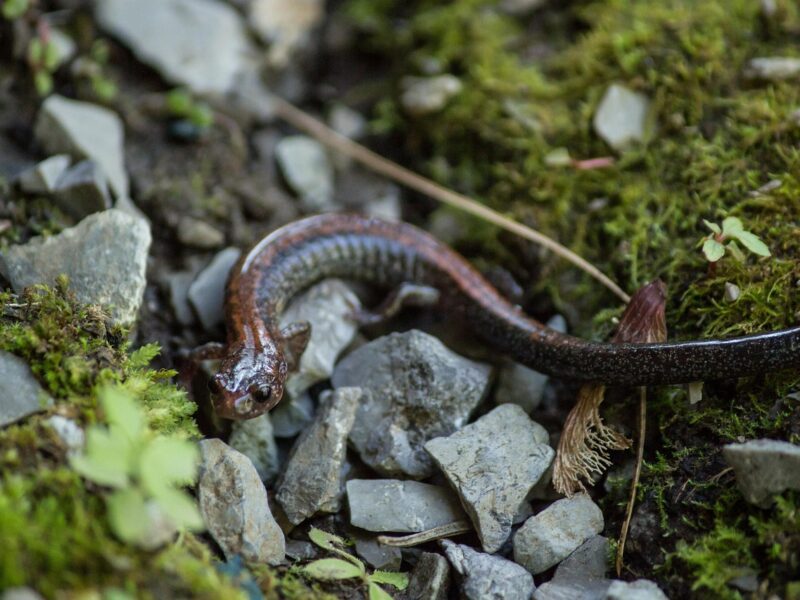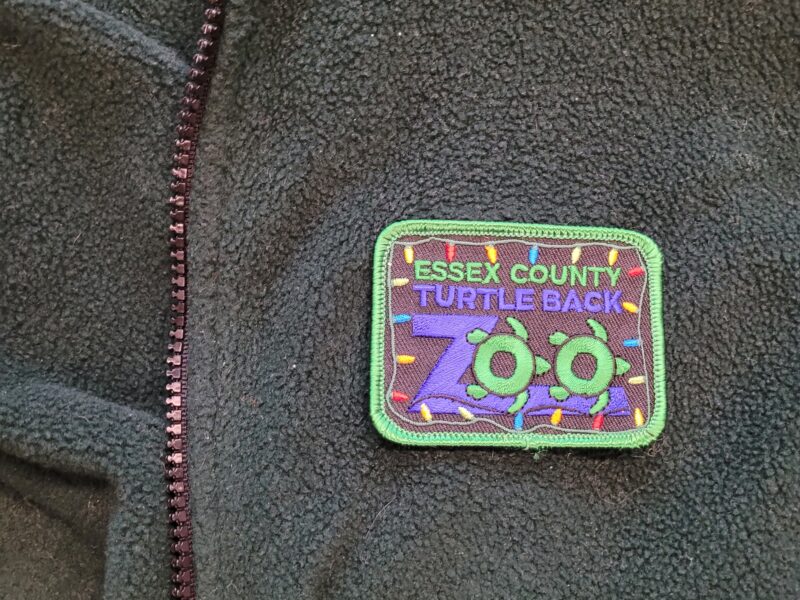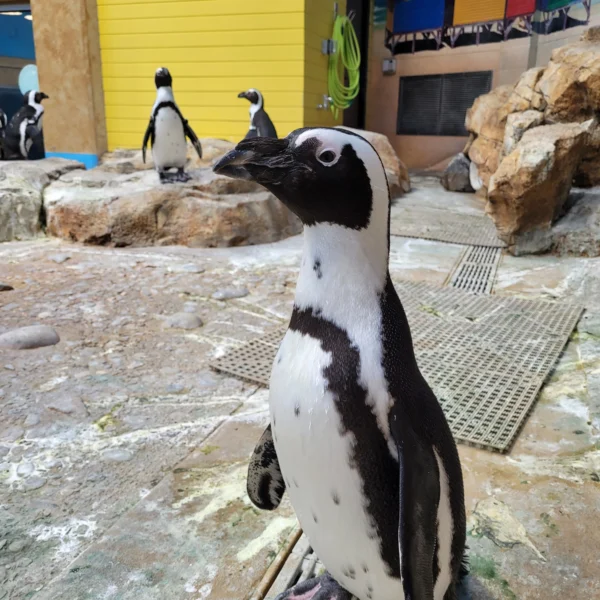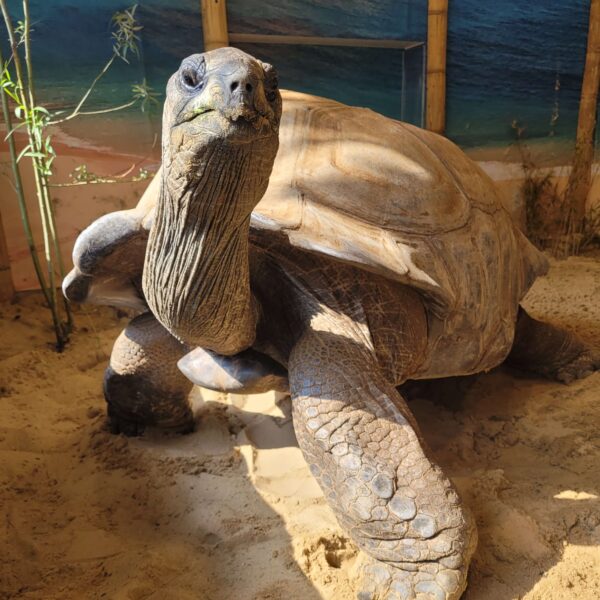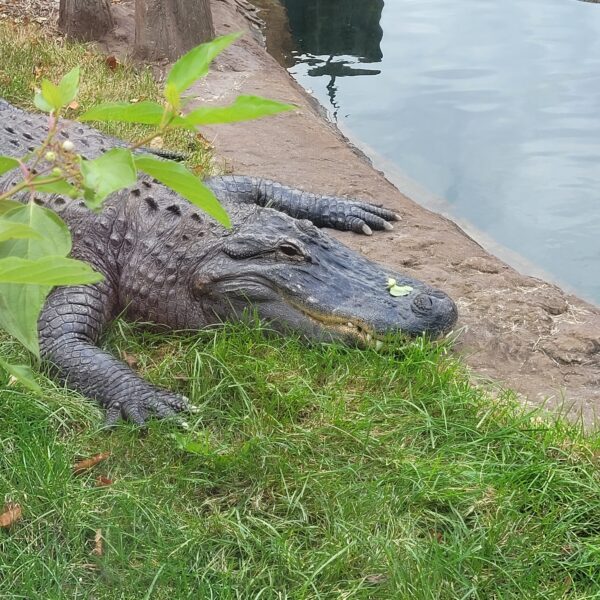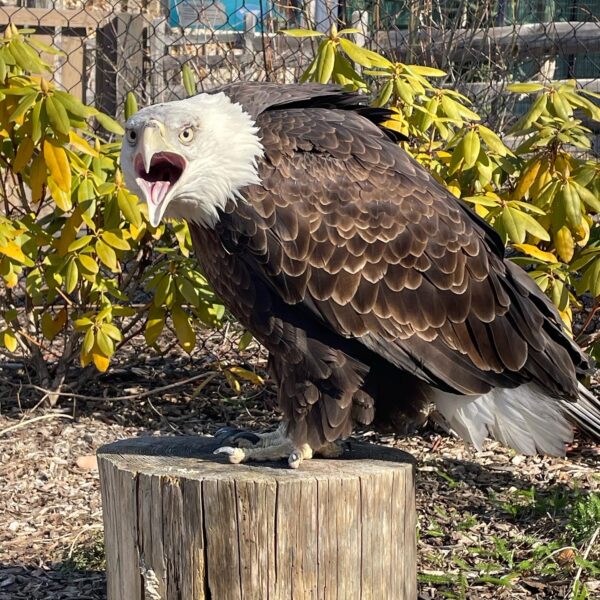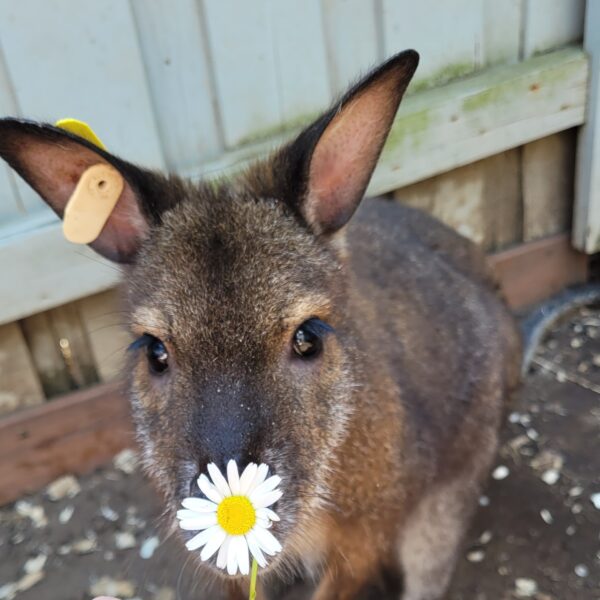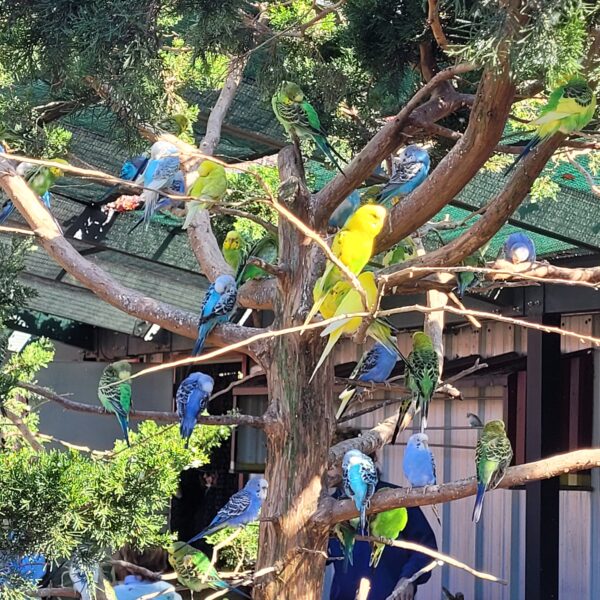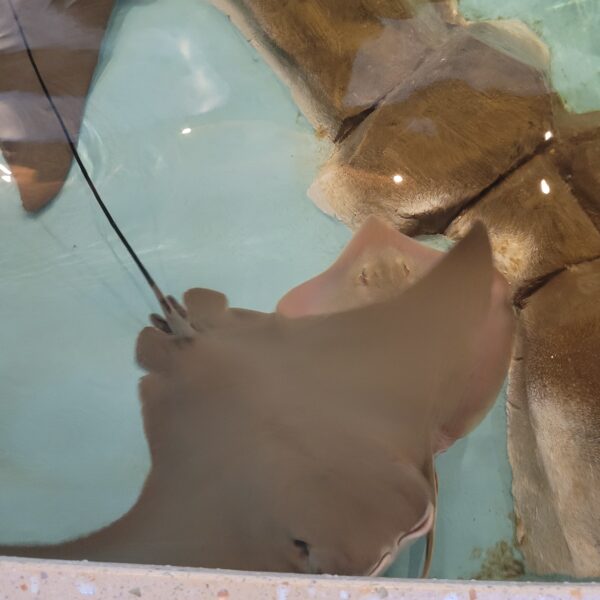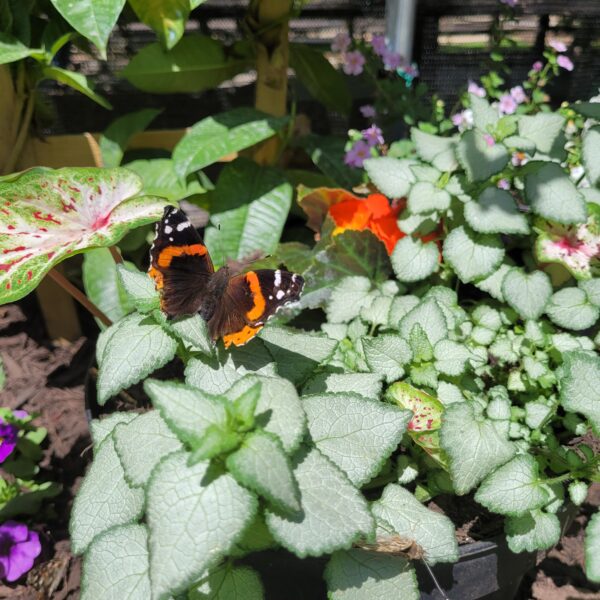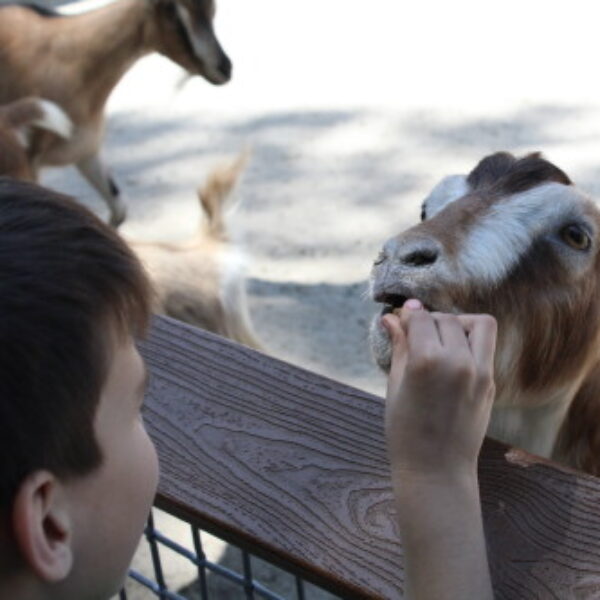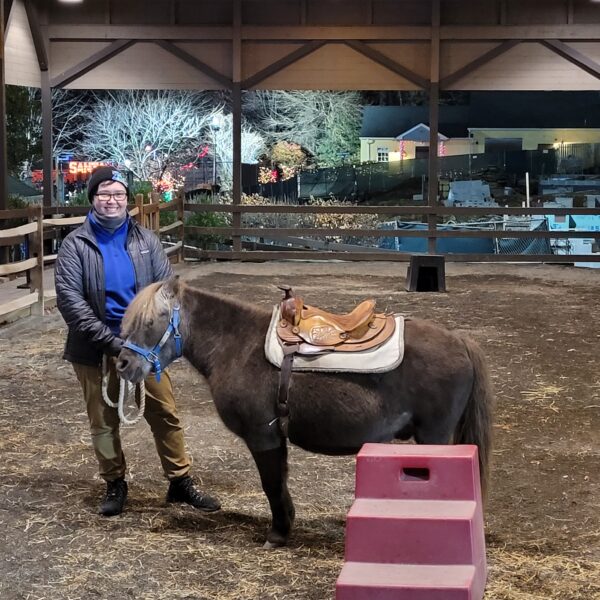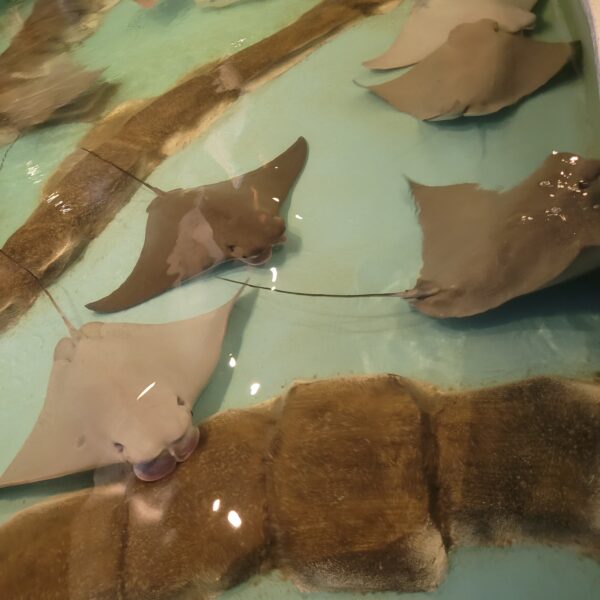Events
View all
From our smallest spider to the half-ton North American Bison in our Great Plains Exhibit, Essex County’s Turtle Back Zoo offers a look at more than 100 different species of native and exotic animals from five continents. Get up close and personal with our animals at our Essex Farm Petting Zoo, and don’t forget to take a tranquil ride through South Mountain Reservation on our miniature train. Come back often as we constantly are adding new and exciting natural habitat exhibits for our animals. Whether you spend a day or an afternoon, Turtle Back Zoo is a special place where children and their families can learn about animals and gain appreciation for nature. I invite you to Experience Essex and Turtle Back Zoo.
Joseph N. DiVincenzo, Jr.
Essex County Executive
About The zoo
For over 60 years, we have been inviting people to explore animals and habitats from around the world at their local zoo.
Learn More
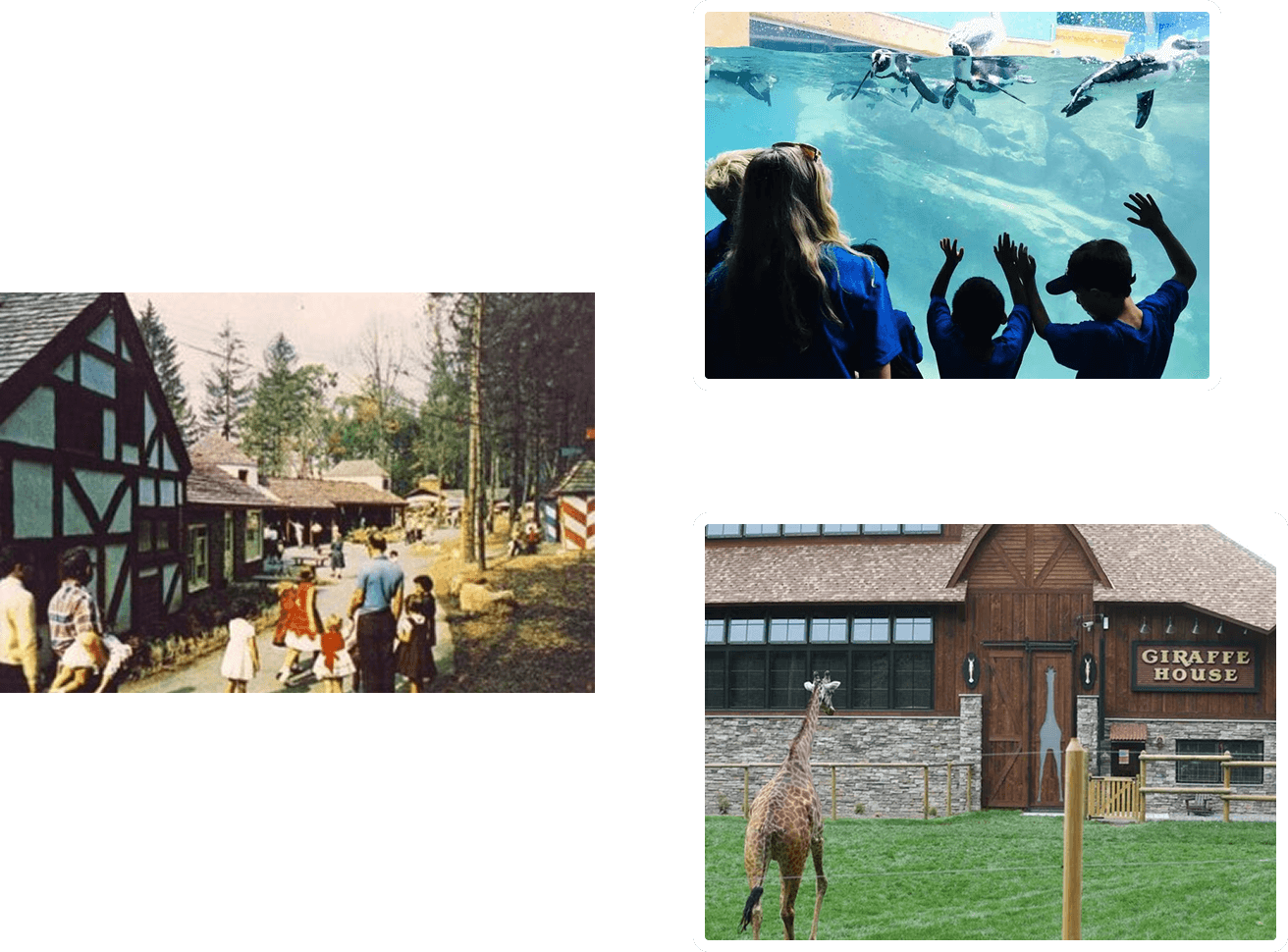
+
 Animals
Animals
+
 Number of guests
Number of guests
+
 Special Exhibits
Special Exhibits
🎇 Species Spotlight Sunday
Meet: Bulu
▶️ Wrinkled hornbill (Rhabdotorrhinus corrugatus)
▶️ IUCN Conservation Status: Endangered
Wrinkled hornbills have a very distinguished beak with a reddish casque on the upper portion which is fused to their skull. This reddish color comes from their preen oil, which keeps their feathers healthy but stains their beaks. They feed primarily on fruits which helps with seed dispersal in their native Indonesian rainforest habitats!
🥝 Bulu`s favorite fruits are kiwi and blueberry, but he loves his bugs too. He is also aware of how handsome he is and loves looking at himself in the mirror. He is incredibly friendly with his keepers and loves to spend time on the upper parts of his tree.
Jun 8

Happy World Bongo Day! Meet our three Eastern bongos: Rosie, Anuli and Zito! Our bongo can be seen in the African Adventure Exhibit with our Masai giraffe, ground hornbill and ostrich. You can see them much of the time in the shadier side of the habitat.
The Eastern Bongo (Tragelaphus eurycerus) is a critically endangered species. It is found in montane rain forests with dense undergrowth. Fun fact: When running from a predator, they do so with their head up and back, so their horns do not catch in the dense forest trees and plants.
📸: Rosie & Anuli together, close up of Zito
May 31

We don`t really need a reason to celebrate this fan favorite, but today is his moment to truly shine! It`s National Alligator Day with Peaches our American alligator! American alligators (Alligator mississippiensis) were once on the brink of extinction due to extensive poaching but have made a remarkable recovery with efforts from the US Fish and Wildlife Service and individual state wildlife agencies. The species was eventually removed from the endangered species list in 1987, with regulations still in place to protect them.
A main reason American alligators are hunted is for their skin. To continue to care and protect this species, avoid buying animal skin products, even ones that claim to be fake. 👜👢Hunting is heavily regulated, and harvesting is even more heavily regulated. Products that claim to be fake might still be part of the illegal trading that occurs. And, like any aquatic or semi-aquatic species, keeping local water sources clean is extremely important to the survival of the American alligator. While you won`t see any of these in New Jersey (except here at the Zoo), there are still plenty of other animals you can protect by cleaning up any litter in the water and limiting chemical use.
May 29

Today celebrate World Otter Day with our two North American River Otters (Lontra canadensis) Han and Shelby! These fuzzy critters are known as keystone species, meaning they are integral to the survival of their habitats, and their quality of life can indicate notable issues in their ecosystems. While they are currently listed as a species of least concern by the IUCN Red List, there are still significant threats to their survival as a species that could have a ripple effect to the survival of dozens of other species.
In the 19th and 20th centuries, North American River Otters were high-value targets of hunters and trappers for their furs, even being completely wiped out of some ranges. While this is still a threat to them today, much greater threats to them currently are habitat destruction and pollution.
Here in New Jersey, otters are not as common as they once were. What can you do? Nurture nature 🌱💧 Consider organizing community cleanup days to remove any litter from local rivers and try to avoid chemical pesticides and fertilizers. That way, we can hopefully see cute faces like these around our homes again!
May 28

Spend this Memorial Day weekend at the Essex County Turtle Back Zoo & South Mountain Recreational Complex! Here are some new weekend things to note in your plans.
📅 Friday, May 23
Butterfly Tent opens at Turtle Back Zoo! 🦋
Treetop open 10am - 4pm
Mini Golf Safari open 10am - 7pm
Paddle Boats open 12pm - 7pm
📅 Saturday, May 24
Butterfly Tent open daily 🦋
Zoo, Treetop Adventure, Paddle Boats & Mini Golf Open Regular Hours
Live Band @ Zoo amphitheater 11am -2pm 🎵
📅 Sunday, May 25
Zoo, Treetop Adventure, Paddle Boats & Mini Golf Open Regular Hours
Live Band @ Zoo amphitheater 11am -2pm 🎵
📅 Monday, May 26
Live Band @ Zoo amphitheater 11am -2pm 🎵
Zoo Open Regular Hours 10am - 4pm
Treetop open 10am - 4pm
Mini Golf Safari open 10am - 7pm
Paddle Boats open 10am - 6pm
May 23

Let`s Shellebrate® World Turtle Day! 🐢 Here at Essex County Turtle Back Zoo, you can experience the World in Your Backyard. Today, we wanted to take a global tour of Turtle, Tortoises & Terrapins!
🌍Africa - Aldabra Tortoise
These tortoises are the largest animals on the Aldabra Islands and have a similar role in their habitat that elephants have in savannas. They have the strength to knock down smaller trees, which disperses seeds and allows new life to grow.
Where to see me at the zoo: Island Giants
🌏Asia - Black-Breasted Leaf Turtle
Black-Breasted Leaf Turtles are some of the smallest turtles in the world. They also have very expressive and cartoonish eyes.
Where to see me at the zoo: Reptile House
🌎South America - Red-Footed Tortoise
Red-Footed Tortoises are very social and will communicate with one another using head movements and clucking noises. However, while they live in groups as adults, eggs are left behind once laid and have to survive on their own.
Where to see me at the zoo: Reptile House
🌎North America - Diamondback Terrapin
Diamondback Terrapins are a very unique type of turtle because they are the only species that can survive in brackish waters (where freshwater and saltwater meet). They have a special gland under their eyes to help them filter saltwater, much like sea turtles do, but they are not sea turtles!
Where to see me at the zoo: Education Programs
🌏 Throughout the world - Sea Turtles
There are seven different types of sea turtles, and Sea Turtle Recovery gets a mix of them. Sea turtles are unfortunately victim to many human practices in the ocean, like getting caught in fishing nets, boat strikes, and even plastic pollution. There are efforts to minimize these problems, like lining fishing nets with lights so sea turtles can see them at night and can avoid them.
Where to see me at the zoo: @seaturtlerecovery
📸: 1. Aldabra Tortoises 2. Black-Breasted Leaf Turtle 3. Red-Footed Tortoise 4. Diamondback Terrapin 5. Kemp`s Ridley Sea Turtle
May 23

From millipedes to giraffe, enrichment is a critical component to how keepers encourage natural behaviors and an individual`s preferences. Creating enrichment is a two-way street: by giving each animal a framework to show their natural behaviors, we can learn more about their personality and the things they enjoy (or don`t). For Willow and Grace, two Black-Tailed prairie dogs, they enjoy the classic breakfast time of leafy greens and veggies. Check out this video of our dynamic duo in action!
In this video: Willow and Grace, two tan prairie dogs are digging in a long blue tub filled with dirt. Grace kicks dirt at her sister Willow, who looks at the camera and then jumps out of the blue tub. Grace continues digging.
May 21

Happy Birthday to you! and you... and you... and you... and you! 🎉
It`s birthday season for our cownose rays (Rhinoptera bonasus) at our Touch Tank. All 14 rays have birthdays between April 10 and June 19.
This week we have three birthdays: Etch, Sketch and Pancake.
🎉🎉Etch & Sketch are our two adult male cownose rays. They love to lay on the left side of the tank with our Atlantic stingray. They can sometimes be seen laying together with their fins overlapping. Sketch is the shyer of the two, but both love getting pet.
🎉Pancake is one of the cownose rays that make up our breakfast trio (with Waffle & Flapjack). Pancake’s favorite part of the day is feeding time. He gets very excited when there is food around, so watch out for splashes!
First 📸: Etch & Sketch
Second 📸: Pancake
May 20

🎇Species Spotlight Sunday
MEET: Tatu
▶️ Southern three-banded armadillo (Tolypeutes matacus)
▶️ IUCN Conservation Status: Near Threatened
These armadillos have a hard outer shell of scutes made of keratin, like our hair and nails, and ball up to protect themselves from predators. And, just like humans, they can be lefties or righties, depending on what side of their head they tuck their tail on when they ball up! Tatu, with no worries of predators, loves getting pet on the top of her head! She also loves digging in sand and dirt and ripping up paper in her free time.
May 18







 Adult (13 and over) $22.00
Adult (13 and over) $22.00

 6 Experiences
6 Experiences  5 Attractions
5 Attractions 
 560 Northfield Ave,
560 Northfield Ave,

